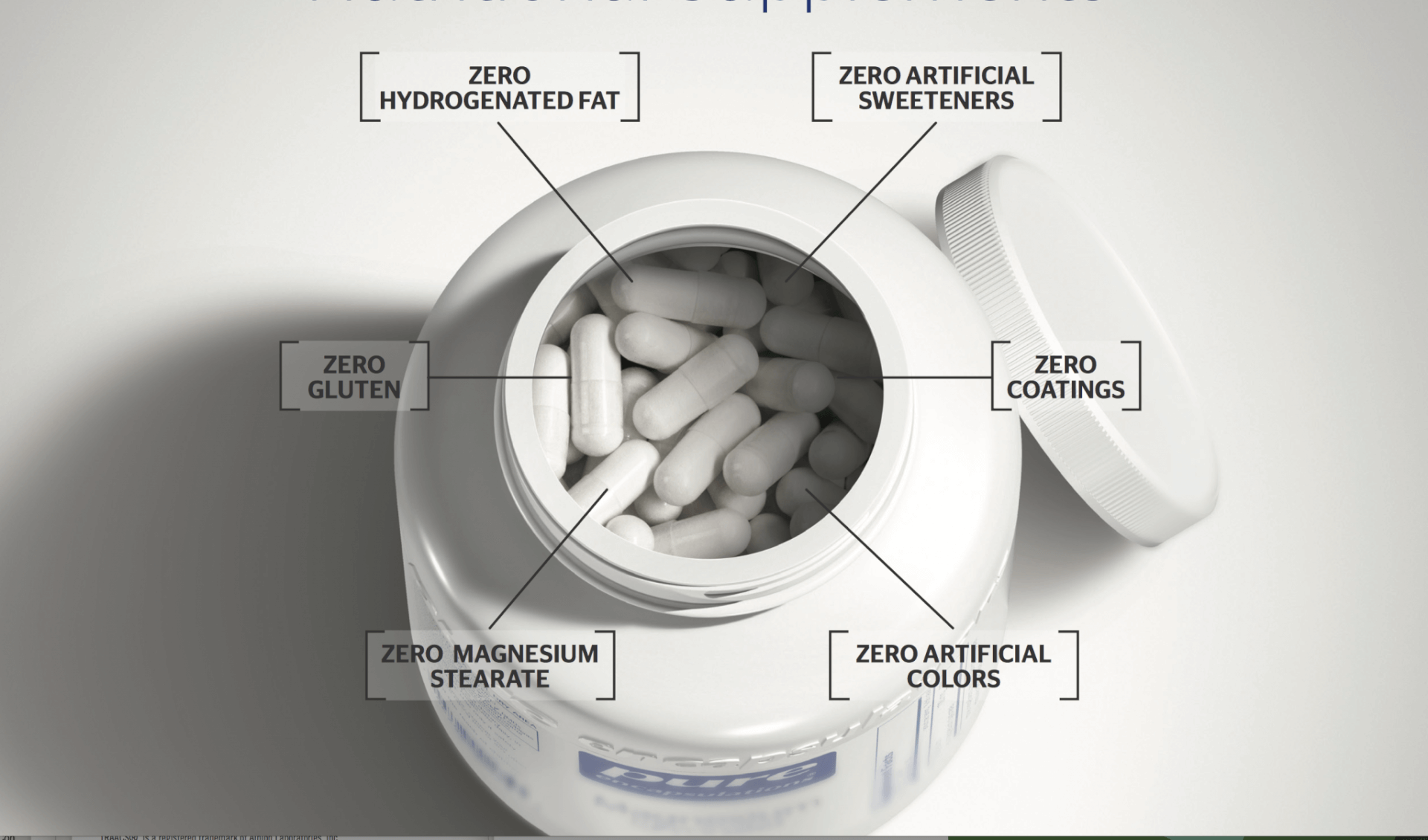
Both have been shown to support joint health. Glucosamine HCl is believed to be a slightly more stable form of glucosamine and has been only recently studied for joint support. Some professionals believe that their clients may experience enhanced joint support from the sulfate and potassium that this particular form provides. Potassium chloride is added to provide product stability. Glucosamine sulfate is a form of glucosamine that is easily absorbed and has been extensively studied. What is the difference between glucosamine HCl and glucosamine sulfate? Glucosamine Sulfate remains the most well-researched form of glucosamine. Some healthcare professionals feel that this provides broad-spectrum joint support not achieved with Glucosamine Sulfate alone. Glucosamine Complex contains three different forms of glucosamine: glucosamine sulfate, n-acetyl-d-glucosamine, and glucosamine HCl in addition to vitamin C and manganese. What is the difference between Glucosamine Sulfate and Glucosamine Complex? All Pure Encapsulations calcium supplements are tested for heavy metals. Pure Encapsulations offers Calcium (citrate) and Calcium Magnesium (citrate), Calcium (citrate/malate) and Calcium/Magnesium (citrate/malate), and Calcium (aspartate) and Calcium/Magnesium (aspartate). Chelating with Krebs cycle intermediates, such as citrate, aspartate, and malate allows calcium to be easily absorbed and enhances the absorption of other minerals. Multiple studies have demonstrated an enhanced bioavailability of calcium citrate compared to calcium carbonate.

In contrast, 45% of the calcium is absorbed from calcium citrate in people with low stomach acid. Even those with healthy stomach acid levels typically only absorb 22% of the calcium in calcium carbonate, whereas people with insufficient gastric acid output may only absorb 4%. This can be a particularly important point when searching for the right calcium supplement, especially for those with low gastric acid levels common with aging. Thus, while calcium carbonate supplements contain more calcium by weight, the majority of it is unavailable for tissue uptake. Calcium citrate, on the other hand, is already acidic and therefore does not require a low pH in order to render the calcium available for absorption. Calcium carbonate requires a substantial amount of acid to pry off the carbonate chelate and allow the calcium to be absorbed. However, the key difference between these two forms of calcium is their bioavailability. Calcium carbonate contains 40% calcium by weight as opposed to calcium citrate, which contains 21% calcium. Coral calcium is composed of calcium carbonate and its absorption is based on the known properties of any calcium carbonate supplement. For example, one 8 oz serving of plain lowfat yogurt contains 350 mg calcium, one cup of skim milk contains about 300 mg calcium, and 8 oz orange juice with calcium provides 350 mg calcium.ĭoes Pure Encapsulations carry calcium derived from coral? Dietary sources of calcium can enhance calcium intake to help meet the requirements of each individual as needed. Or, it can be taken in 3 or 4 divided doses daily, depending on compliance. Six or seven capsules can be easily divided into two servings consisting of 3 capsules in the morning and 3 capsules in the evening, or 3 capsules in the morning and 4 capsules in the evening, respectively. Also, calcium is best absorbed and utilized when it is taken in several divided doses throughout the day. Because we do not use tablets, which contain excipients, fillers, shellacs, artificial preservatives, etc, we cannot compress this powder to provide a higher dosage per serving. Calcium citrate and the other calcium chelates that we use in our line take up considerable volume, resulting in a maximum capsule capacity of 150 mg elemental calcium (however, remember they are more absorbable). These forms of calcium have been shown to be more bioavailable than calcium carbonate, especially for individuals with low stomach acidity.

Pure Encapsulations uses the most bioavailable calcium chelates available, including citrate, citrate/malate, and aspartate. Why are the calcium supplements only 150 mg per capsule? I have to take 6-7 capsules to achieve 900 mg, and most recommendations are for 1,000-1,500 mg. Osteoporosis support formulas include Calcium Citrate, Calcium Citrate/Malate, Calcium (microcrystalline hydroxyapatite), Calcium Magnesium Citrate, Calcium Magnesium Citrate/Malate, +CAL+ with Ipriflavone, OsteoBalance and Cal/Mag w/Cofactors (powder). Calcium-d-Glucarate only contains 12% calcium and is not used for bone health.

Is Calcium-d-Glucarate helpful for supporting healthy bones?Ĭalcium-d-Glucarate supports healthy cell structure and function by helping to target beta-glucuronidase activity, supporting the process by which healthy cells eliminate waste and foreign elements.


 0 kommentar(er)
0 kommentar(er)
